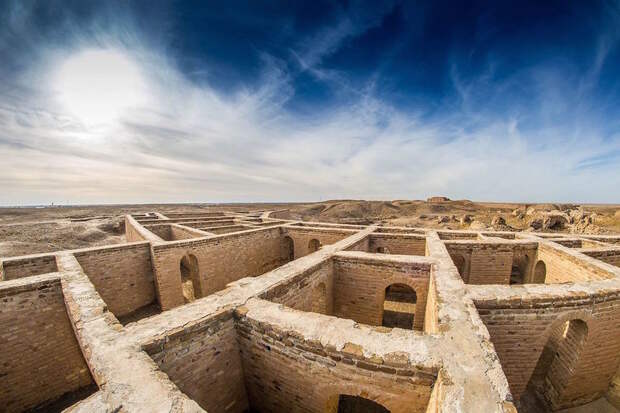Author: Noor Al-Samarrai / Source: Atlas Obscura

If you had some threads that you wanted to spiff up for a special occasion in ancient Mesopotamia, what would you do? Take them to the cleaners, of course. While the cleaning agents may have been different—beer, clay, an eastern wind, and even urine—the overall process would have been remarkably similar to what happens today.
We know this thanks to an Akkadian cuneiform text from ancient Ur (a Sumerian city-state in present day Iraq), dubbed “At the Cleaners” by scholars, dating back to 1600 B.C. or so. The tablet, held by the British Museum, contains a humorous dialogue between a cleaner and his customer, in which the customer does most of the talking.
The text is a take on the classic, “the customer knows best” trope, says Martha Roth, editor in charge of the Chicago Assyrian Dictionary, except that in this case the client isn’t just making idle demands—he really does know how the task is done. But that doesn’t make him any less of a pest. He gives the cleaner excessively detailed instructions, down to the water that should be used to wash his clothes: “come upstream of the city, in the environs of the city—let me show you a washing-place,” and the wind he…
The post How to Get Your Laundry Done in Ancient Mesopotamia appeared first on FeedBox.